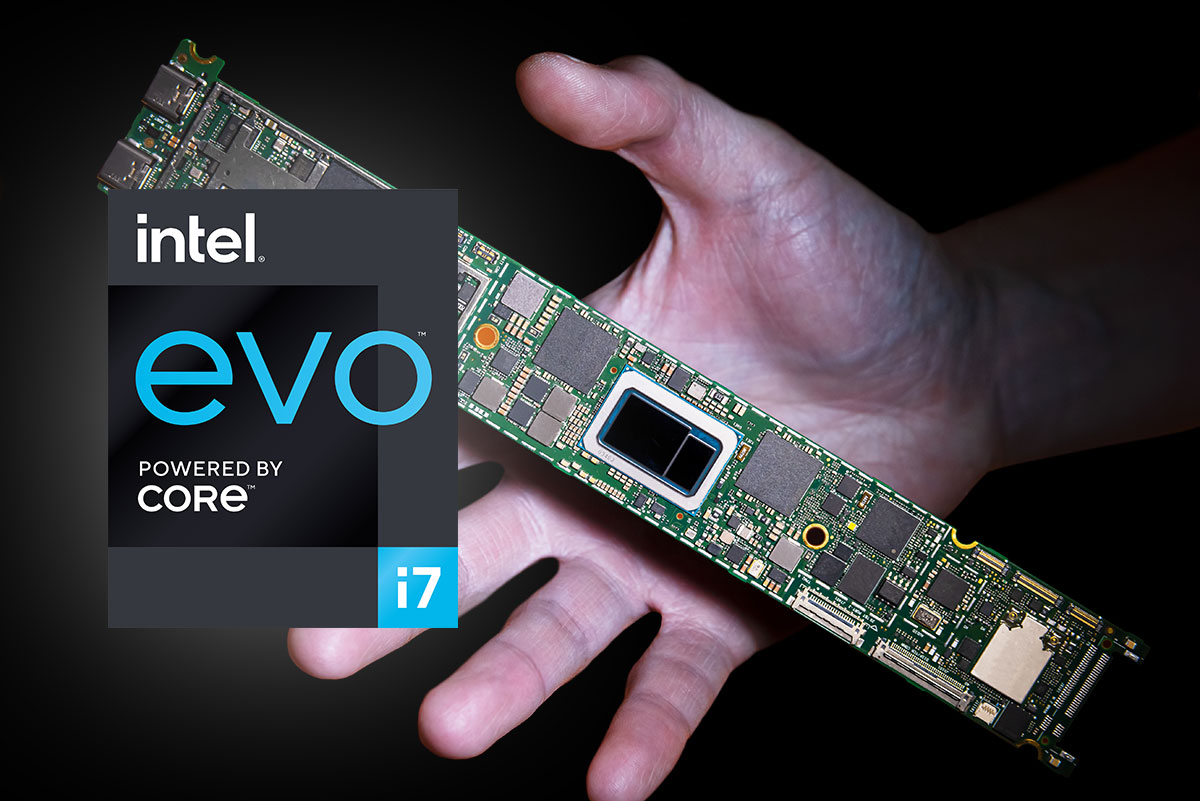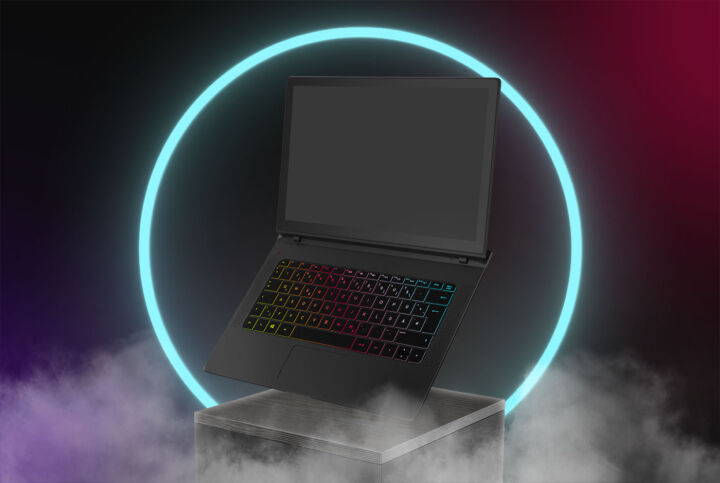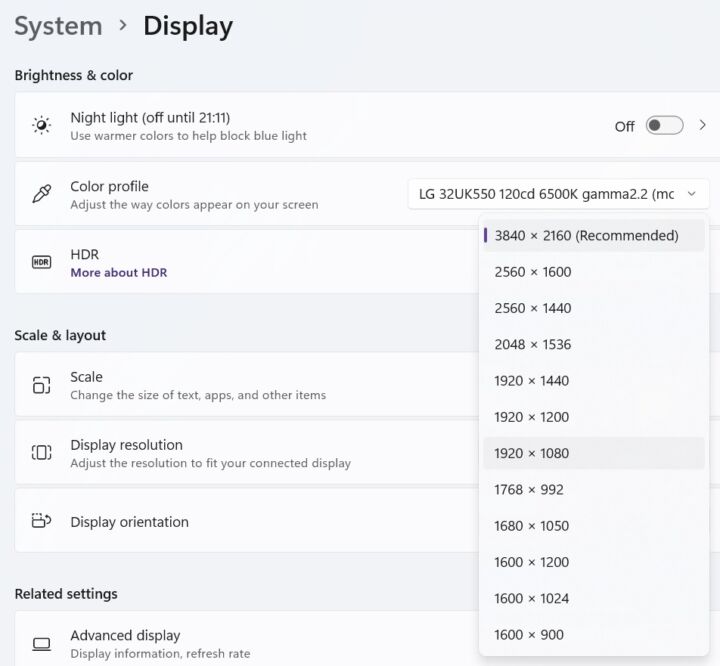- Intel EVO is a new initiative that awards a badge to specific laptops that meet performance and experience requirements important in the real world.
- Have you seen laptops or ultrabooks with a new Intel EVO badge, and don’t know what it means?
- The minimum Intel EVO requirements were updated to improve this concept.

Intel is still an important player in the tech sector and responsible for many of the technologies we take for granted today. After popularising the ultrabook concept now it’s time for Intel EVO, another initiative meant to improve laptop experience in ways that are not directly linked to raw performance numbers.
What is Intel Evo?
Wondering what does Intel EVO mean? Well, Intel EVO is a relatively new initiative, launched in 2020 as the second edition of Project Athena, which dealt with battery life and persistent performance in laptops, namely responsiveness in scenarios such as waking up from sleep.
Intel EVO has added new Key Experience Indicators (KEI), all of which would benefit consumers and the experience of using these laptops in real-world scenarios, not just in stress benchmarks.
Intel is working with laptop manufacturers and validates these requirements, awarding the EVO badge to those who pass all tests. In total, we’re talking about 25 apps and 200 tasks that are repeated at least 15 times in real-world conditions.
Consumers who look for an EVO laptop will get the assurance of a premium laptop, thin and light that charges fast, and lasts longer on a charge while providing everyday performance improvements you will feel while using the device. That’s the Intel EVO meaning.
Intel EVO Laptop Requirements
This is what you should get as a minimum if you opt for an Intel EVO laptop today:
- Intel Core i5/i7 CPU with Iris Xe integrated graphics
- 8 GB RAM in dual-channel, 256 GB PCIe NVMe SSD (this bar should be set higher)
- Consistent system responsiveness on battery power
- Biometric login options such as an IR camera, fingerprint reader, or Bluetooth proximity sensor
- Wake-up time faster than 1 second
- 9 hours of real-world battery life for a laptop with a Full HD display
- 4 hours on a 30-minute charge, again, for a laptop with a Full HD display
- Far-field voice recognition
- WiFi 6 connectivity, optional Gigabit LTE
Intel EVO Third Generation Badge
The beginning of 2022 brings the third generation Intel EVO badge, which updates on the minimum requirements, as expected. Here’s what to expect from a new Intel EVO laptop this year:
- Intel CPU from the 12th gen
- Intel Arc Discrete GPU with Intel Deep Link
- Intel WiFi 6E (Gig+) wireless connectivity
- Intel Connectivity Performance Suite (Windows only)
- Dynamic background noise suppression
- Intel Visual Sensing technology
- (optional) Full HD webcam or Intel IPU6/MIPI camera
- creator oriented models must come with a 15 or 16-inch display (other quality requirements were not mentioned, such as brightness, color gamut, or HDR)
These are new Intel Evo requirements, added on top of the existing ones.
I would have expected to see mandatory requirements regarding the webcam since more and more people are working from home now. A simple 720p webcam is enough according to Intel EVO. To be honest, the resolution is just one spec and doesn’t necessarily impact visual performance. Megapixels are not everything, we all know that.
An important KEI added is “Intelligent Collaboration”, which ensures high-end conferencing from an EVO laptop, allowing it to run multiple collaboration apps in the background, without impacting battery life and responsiveness. I assume this is possible thanks to the use of the new Intel 12th gen CPUs with hybrid design (Performance and Efficiency cores).
Since AI is another important buzzword these days Intel is throwing in AI acceleration, which is supposed to add camera image effects and optimize network traffic, prioritizing critical communications. This sounds a lot like QoS, found in most wireless routers, but hopefully, it works better than it does on my expensive ASUS Mesh system, where it’s currently disabled since it does nothing other than slow down everything in equal measure.
You may have seen that Intel is targeting laptops with its own CPUs, so while this initiative is good from a consumer perspective, as I find these minimum requirements really beneficial, it’s also a marketing move against AMD since the green team doesn’t have any kind of program similar to Intel EVO.
Buying an AMD laptop doesn’t mean you’re getting a worse device, but it also doesn’t shine a light on any of these Intel-only KEIs. I would love to see AMD adopting a similar program, to ensure consistent performance in the same areas, but there’s no indication this will happen anytime soon.







